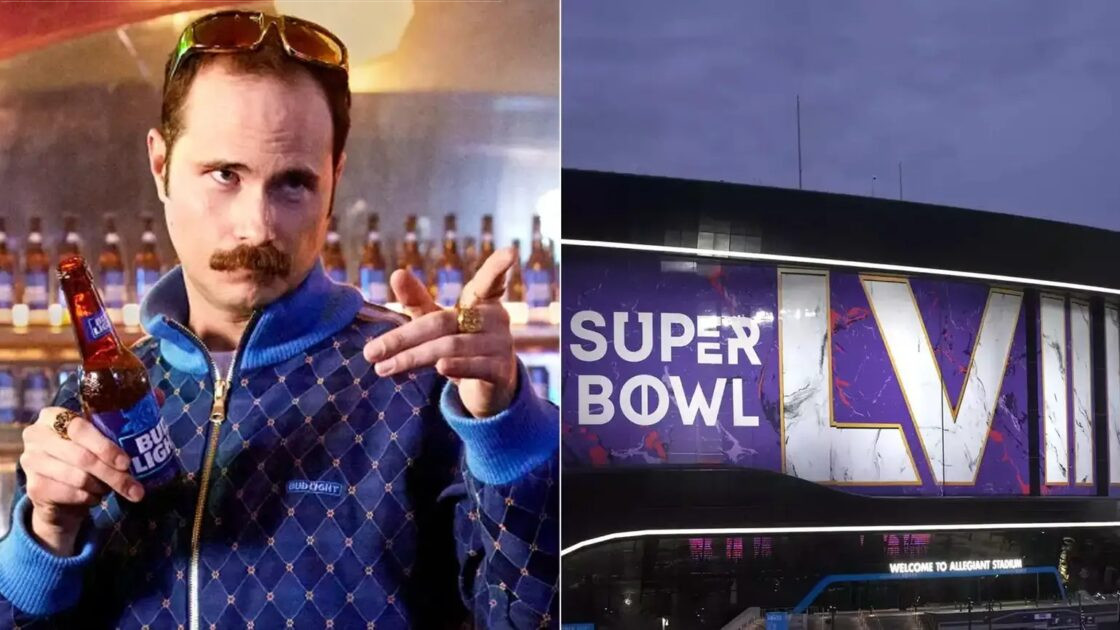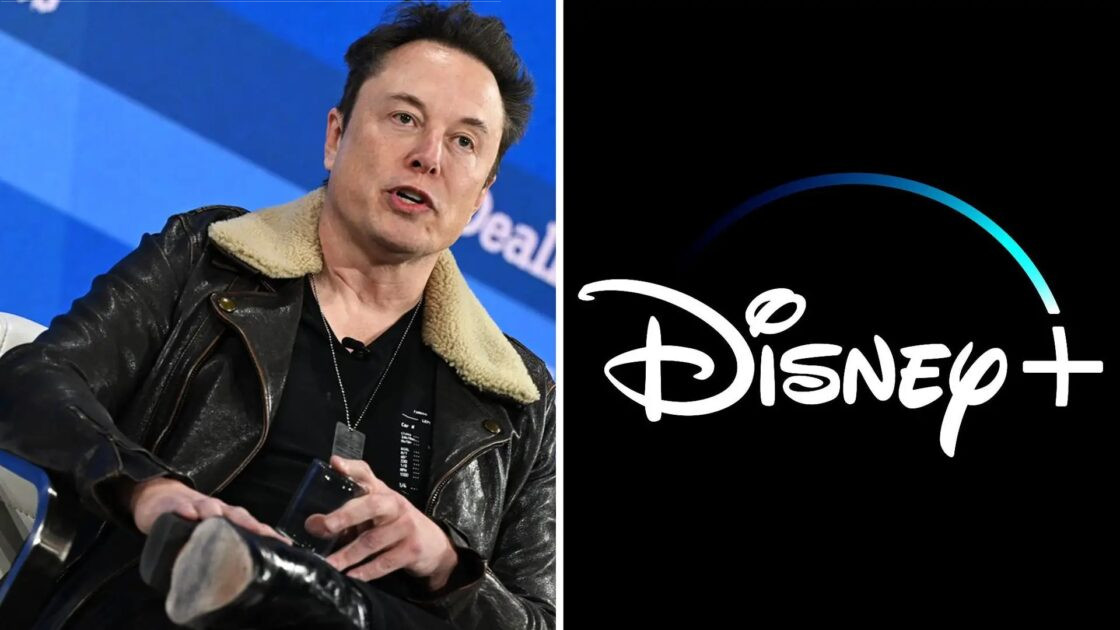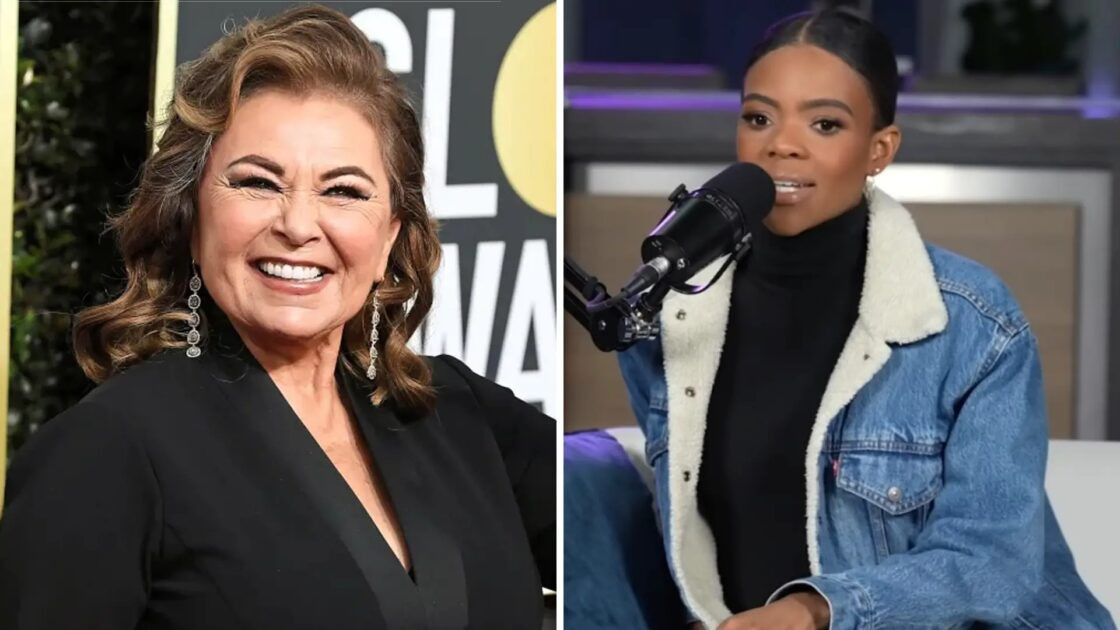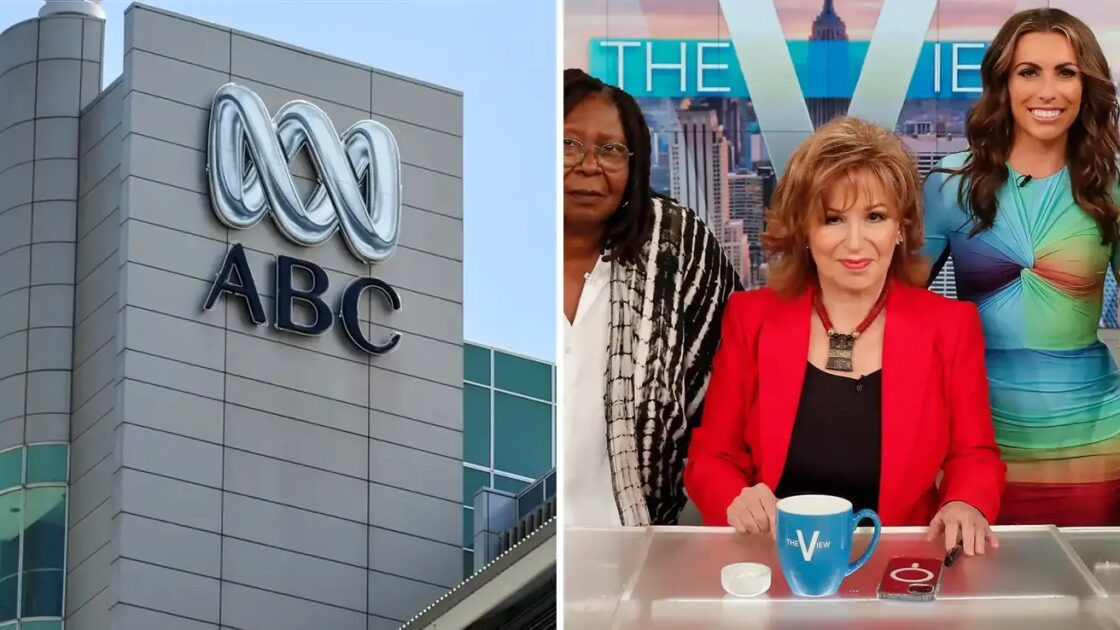Bud Light Loses Almost $500 Million in One Day Despite Super Bowl LVIII Commercial

In a surprising development that sent shockwaves through the beverage industry, Bud Light, a major player in the beer market, encountered a substantial financial setback, losing almost $500 million in a single day. This unexpected loss occurred despite the brand’s high-profile Super Bowl LVIII advertisement, an event renowned for propelling commercial participants into the limelight and significantly enhancing sales and brand visibility.
The Super Bowl LVIII ad from Bud Light, featuring rapper Post Malone and a CGI-rendered T. rex causing chaos at a house party, aimed to recapture the brand’s comedic essence and appeal to a wide audience. However, the aftermath painted a different picture, highlighting the intricate challenges of brand management in today’s rapidly evolving cultural landscape.
Bud Light’s Super Bowl ad sought to resonate with viewers through a combination of humor, celebrity endorsements, and special effects, intending to move past a turbulent year marked by controversy and boycotts related to a social media promotion with transgender influencer Dylan Mulvaney. Comments from Bud Light’s then-marketing chief, criticizing the brand’s previous “fratty” humor as out of touch, also contributed to the negative sentiment. In response to the backlash, Bud Light shifted back to its comedic advertising roots in an effort to mend relations with its consumer base.
The financial setbacks following the Super Bowl advertisement were not just a reaction to the ad itself but the culmination of a year-long struggle for Bud Light to regain its footing. The brand’s association with Dylan Mulvaney and the subsequent boycott had already put Bud Light in a precarious position.
Efforts to course-correct faced mixed reactions, underscoring the delicate balance brands must maintain in a polarized society. Remarks from Bud Light’s marketing leadership, critiquing past marketing strategies, further alienated long-time consumers who felt disconnected from the brand’s new direction.
Super Bowl commercials are notoriously expensive, with brands investing millions for mere seconds of airtime to capture the attention of nearly 100 million viewers annually. Bud Light’s investment in a high-energy, celebrity-filled ad was a calculated risk to showcase the brand’s return to its humorous, irreverent roots. However, the response suggested that Bud Light’s message may have missed the mark, failing to resonate with viewers still wary of recent controversies or those seeking more than just a return to comedy for reassurance.
The nearly $500 million loss faced by Bud Light serves as a stark reminder of the high stakes involved in brand positioning and marketing in the current era. It reflects not only a reaction to a single advertisement but the broader challenges Bud Light faces in reconnecting with a divided consumer base. Analysts stress the need for a nuanced approach to brand rehabilitation, addressing the core values and concerns of its audience beyond surface-level appeals to humor.
For Bud Light, moving forward involves a delicate balancing act of reclaiming its identity as a fun-loving, universally appealing beer brand while navigating the sensitivities and demands of a diverse and often polarized marketplace. This necessitates a strategy blending humor with sincerity, acknowledging past missteps, and engaging with consumers authentically and inclusively.
Bud Light’s experience underscores a broader lesson for brands across industries: in an age where social media can amplify controversies and consumer expectations are higher than ever, the road to redemption is complex. It demands a strategy that goes beyond traditional advertising, embracing genuine engagement, transparency, and a willingness to evolve.
Bud Light’s financial losses post-Super Bowl LVIII advertisement serve as a sobering reminder of the volatile nature of brand loyalty and the influence of consumer sentiment. As Bud Light looks to the future, its efforts to regain the hearts and minds of its audience will be closely monitored by industry observers and consumers alike. The brand’s journey offers valuable insights into navigating brand controversies, understanding and responding to consumer sentiment, and the enduring power of authentic engagement in rebuilding trust and loyalty.




